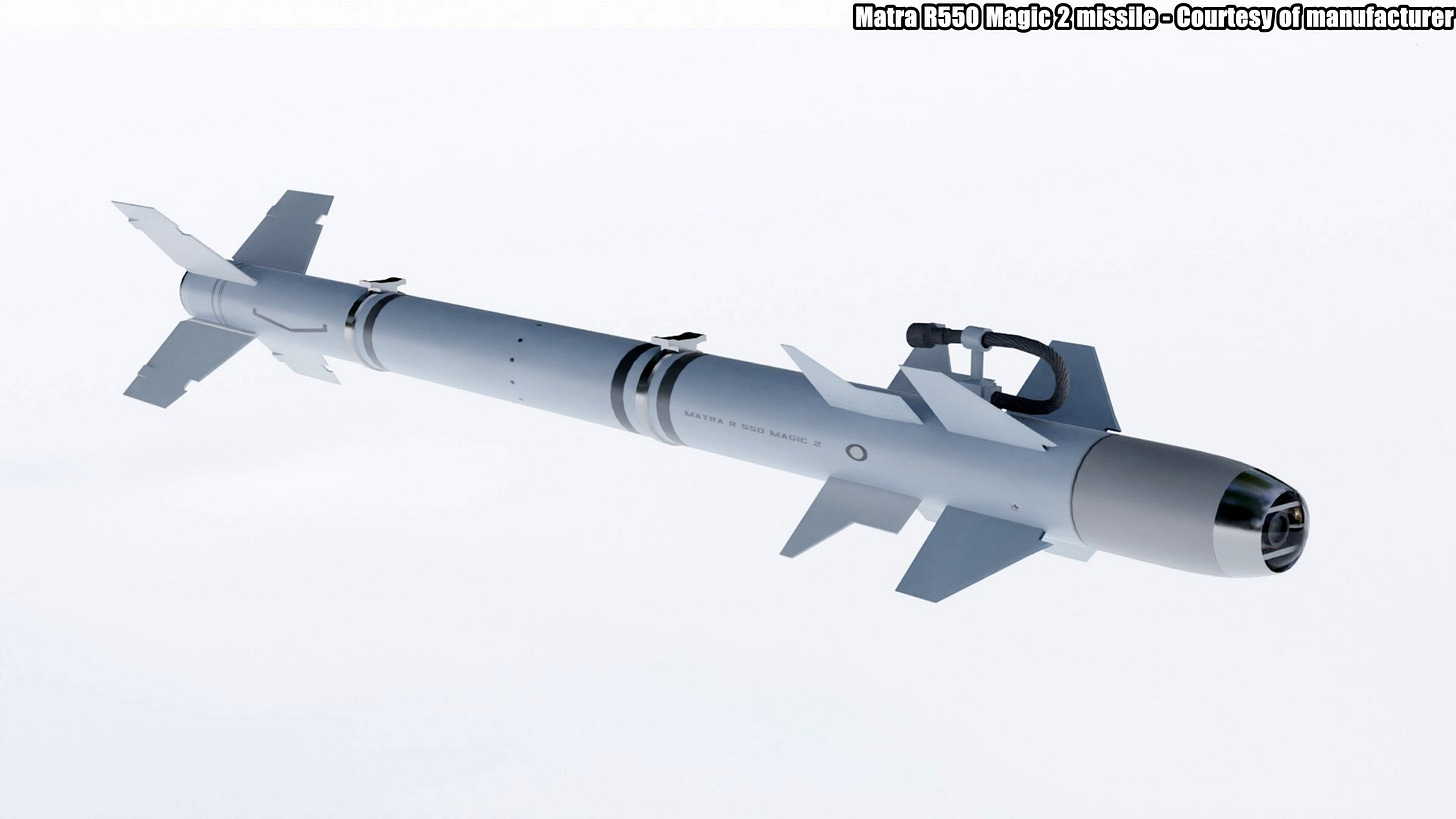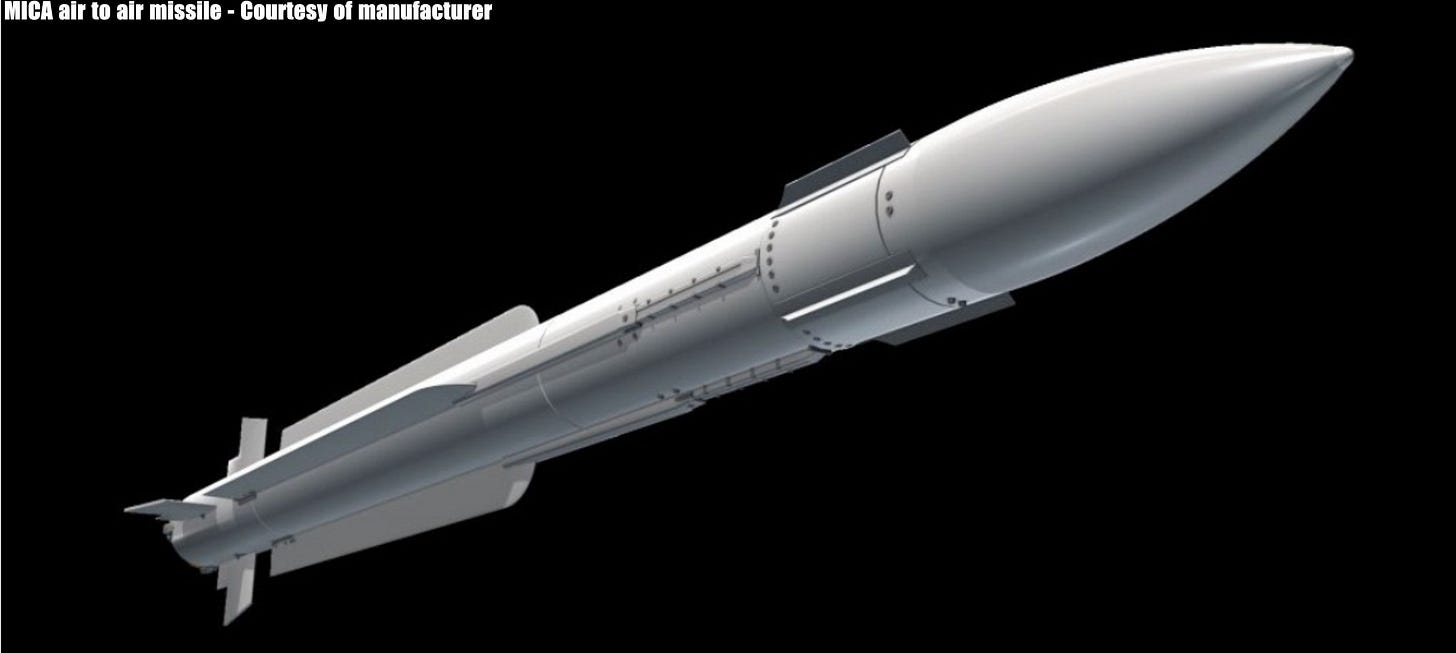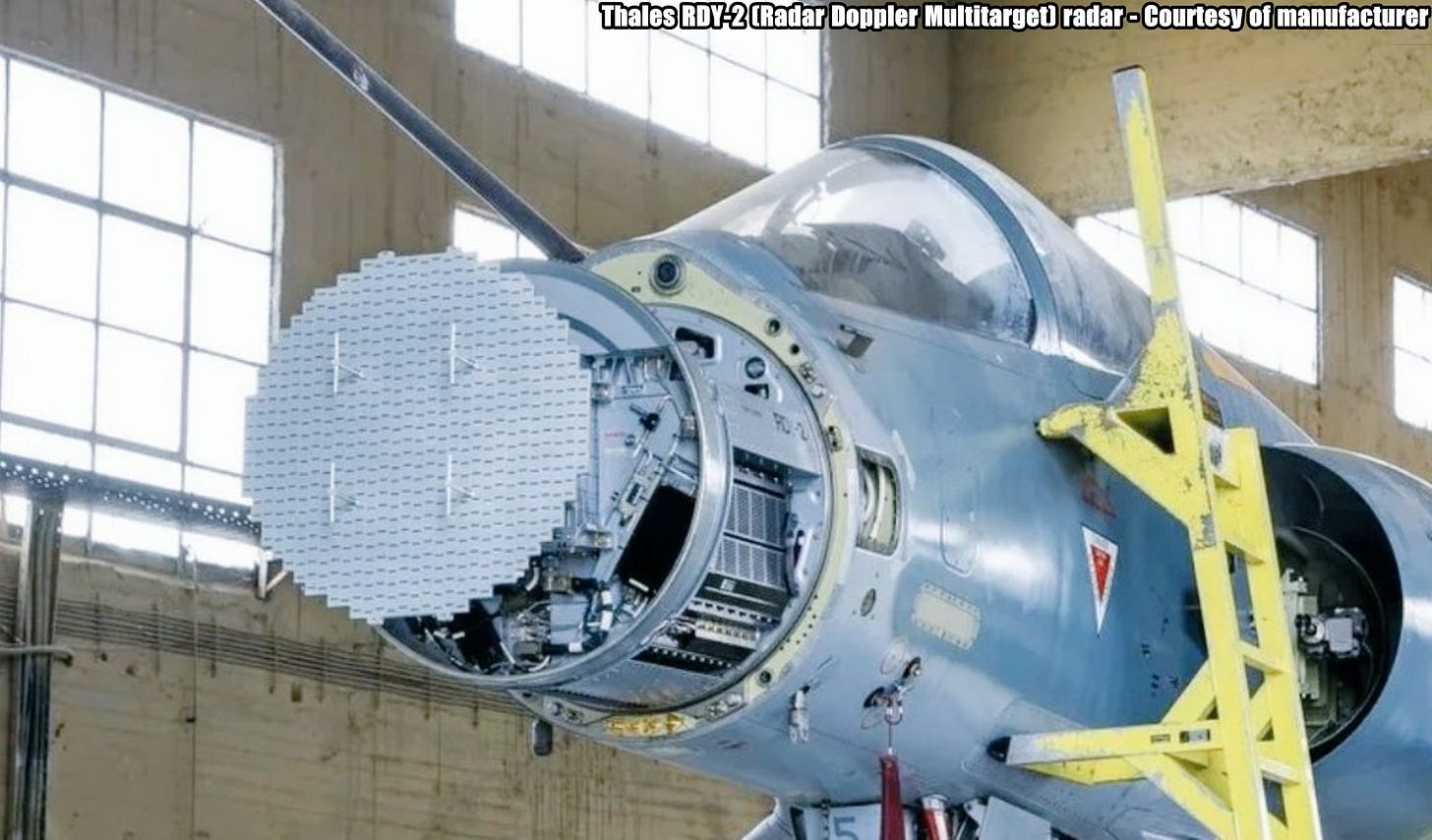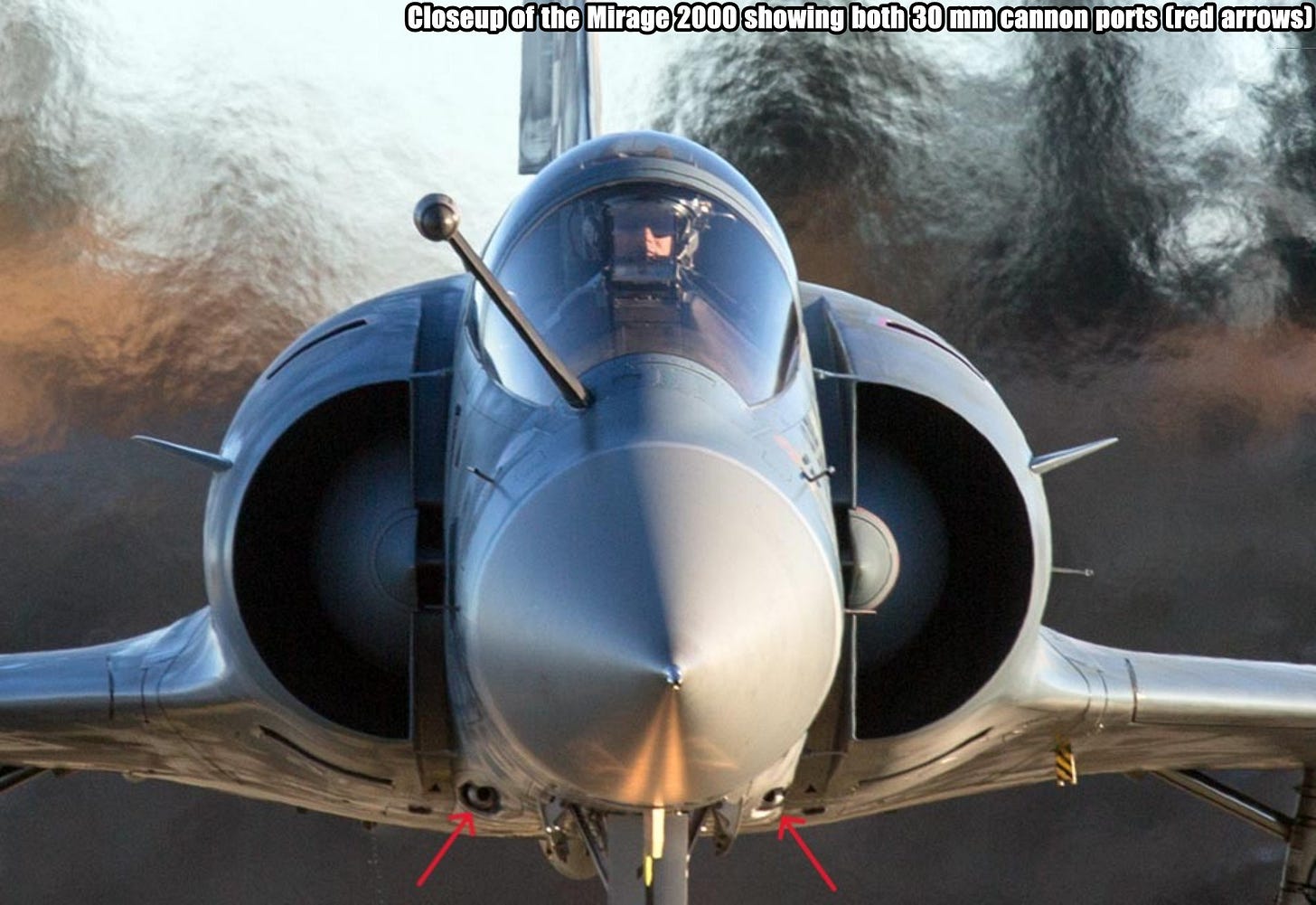What does the addition of French Mirage 2000-5Fs bring to the Ukrainian Air Force?
The Answer is quite a bit.
Following the official announcement that Ukraine has received its first Mirage 2000-5 fighters, it is worth taking a closer look at what weapons they can carry and how this will complement and help improve the capabilities of the Ukrainian Air Force. This topic has generally received little attention, aside from the fact that French aircraft can use Storm Shadow/SCALP cruise missiles.
Much of the information in this article comes from an excellent article in Defense Express authored by Svelana Shcherbak. Originally I thought to include a summary of that article, but not everyone desires this level of technicality so I decided to post it separately.
We will not delve deeply into the history of the Mirage 2000 as we have covered it previously.
The Dassault Mirage 2000 is a French fourth generation multirole, single-engine, delta wing, fourth-generation jet fighter manufactured by Dassault Aviation. It was designed in the late 1970s as a lightweight fighter to replace the Mirage III for the French Air Force (Armée de l'air) with which it began entering service in 1984. The Mirage 2000 evolved into a multirole aircraft with several variants developed, with sales to a number of nations. It was later developed into the Mirage 2000N and 2000D strike variants, the improved Mirage 2000-5 began entering service with the French Air Force in 1994, and several export variants. Over 600 aircraft were built and it has been in service with nine nations.
The aircraft’s flight control system is fly-by-wire, with two distinct modes of operation. The first allows for unrestricted operations within its full allowed flight envelope, and is used when carrying only air-to-air weapons. The second is used when carrying fuel tanks, air-to-ground munitions, or a mix of both. This second mode functions as a g-limiter, preventing heavier munitions from damaging the pylons that they are mounted on, and preventing them from potentially being pulled off of the pylons by excessive G-force.
Due to the fact it was designed some years later than the F-16 and incorporated some newer technologies then that which equipped the early versions of the F-16 the Mirage 2000 has been designated as a fourth generation fighter rather than the F-16s designation as third generation. As such the Mirage 2000 joins the SU-27 as Ukraine’s only fourth generation fighters.
Ukraine has received a LIMITED number of the Mirage 2000-5F model that were promised to Ukraine by France last June, however the version promised (the newest manufactured) were in use by the Armee d’la Air optimised as fighter/interceptors. France wanted to first further modernize these fighters converting them to multi-role fighters.
So let’s look more closely at this variant of the Mirage and see exactly what it brings to the Ukrainian Air Force.
The Mirage 2000-5F has a total of nine hardpoints: five under the fuselage and four under the wings. These hardpoints can carry up to 6,300 kg of weapons. It is also important to remember that not all hardpoints are universal.
Specifically, the Mirage 2000-5F has four universal fuselage hardpoints (positions 3, 4, 6, and 7) and two inner wing hardpoints (positions 2 and 8), which can also carry fuel tanks. The two outer wing hardpoints (positions 1 and 9) are reserved for air-to-air missiles, while the central fuselage hardpoint (position 5) is designated for air-to-ground weapons or a fuel tank.
A typical air patrol configuration includes two 2,000-liter external fuel tanks and six air-to-air missiles.
Air To Air Missiles
To engage aerial targets, the Mirage 2000-5 can use:
MICA missiles with a range of up to 80 km, available in both radar-guided and infrared-guided versions.
Super 530D missiles with a range of up to 40 km, featuring semi-active radar guidance.
R550 Magic 2 missiles with a range of up to 20 km, featuring infrared guidance.
While MICA missiles can be launched from all hardpoints except the central one, there are restrictions for the Super 530D and R550 Magic 2. The Super 530D is mounted on hardpoints 2 and 8 (inner wing positions), while the R550 Magic 2 is carried on hardpoints 1 and 9 (outer wing positions).
It is worth noting that the MICA missile, introduced in the 1990s, has largely replaced the Super 530D and remains in widespread use.
Radar and Combat Capabilities
In air combat, the Mirage 2000-5F is equipped with the RDY (Radar Doppler Multitarget) radar, developed by Thomson-CSF (now Thales). The first version had a detection range of up to 110 km, could track eight targets simultaneously, and engage four of them.
Later upgrades introduced the RDY-2 variant, which expanded capabilities and added a SAR (Synthetic Aperture Radar) mode for ground target detection.
Ground Attack Capabilities
The standard Mirage 2000-5F was originally integrated only with unguided bombs. However, reports of modernization suggest that long-range AASM Hammer bombs of French origin may have been integrated.
These bombs can be mounted on all universal hardpoints as well as the central hardpoint, which can also accommodate a dual pylon—subject to the aircraft’s total payload limit of 6.3 tons.
The new altered Miarge 2000-F5 is also of course capable of carrying the Storm Shadow/SCALP missile,
For Storm Shadow/SCALP missiles, modernized Mirage 2000-5 aircraft use the central pylon.
Cannon Armament
Given the proven effectiveness of cannons in intercepting cruise missiles, as demonstrated by Ukrainian pilots, it is worth noting that the Mirage 2000-5 is armed with two 30mm DEFA 554 cannons, each with an ammunition capacity of 125 rounds. The F-16 by comparison features a single 20mm gatling gun.
All in all the Mirage 2000-5F should prove the most capable aircraft currently in the UAF’s aresenal, very capable of accomplishing all tasks that one would expect to be completed by a modern multi-role aircraft of this type. The one caveat is the limited number of these aircraft that can be made available.
I will leave you with this encouraging tidbit. Ukraine and Sweden are continuing to dicuss eventually providing Ukraine with JAS 39 Grippen aircraft an entirely newer generation of aircraft.















